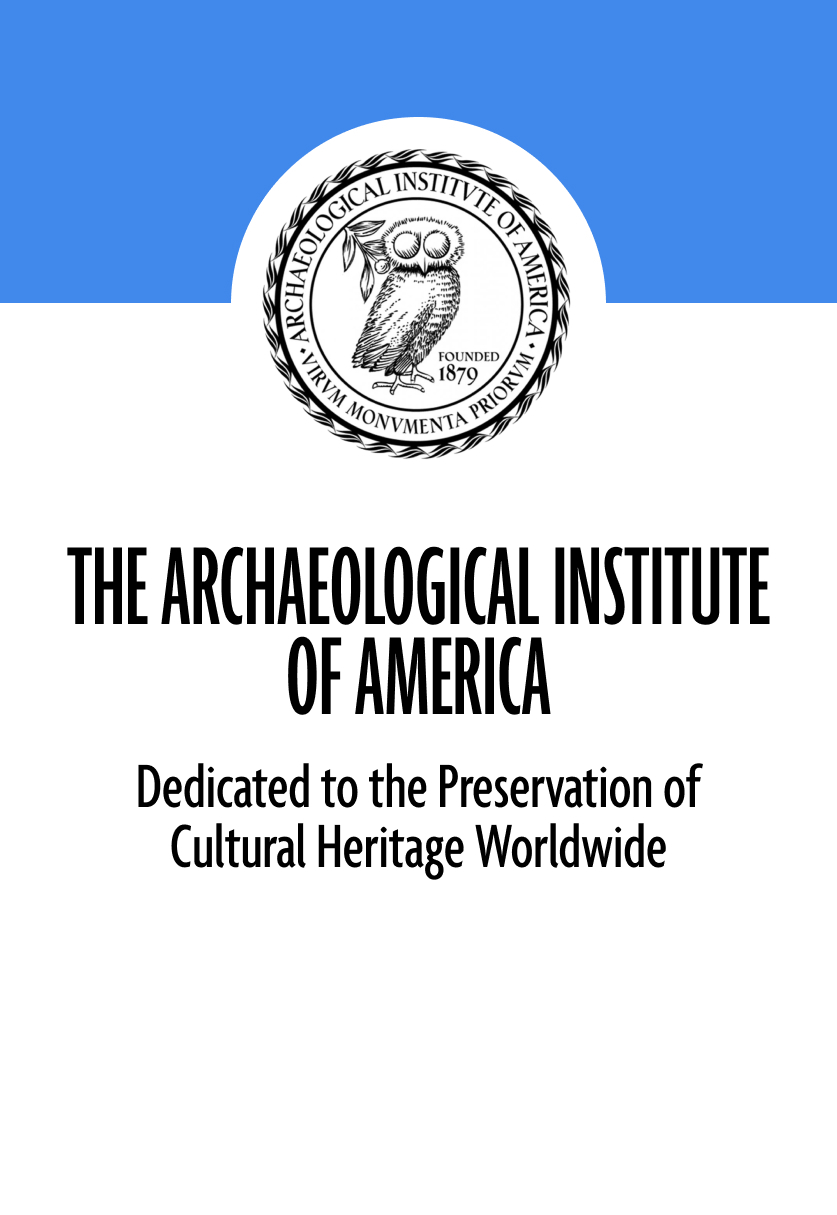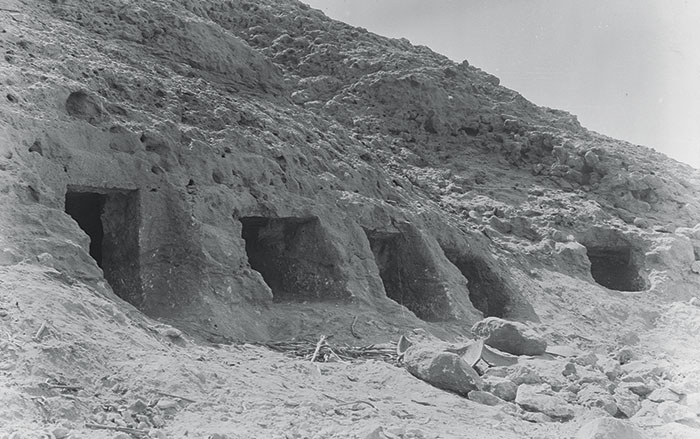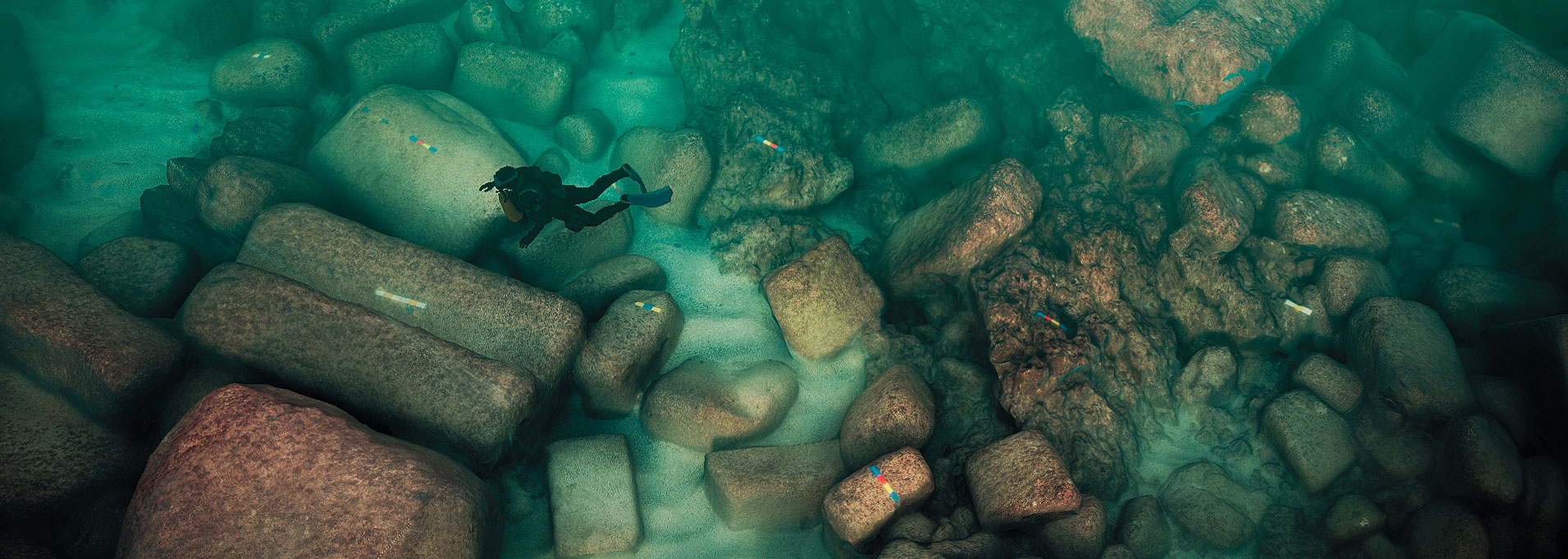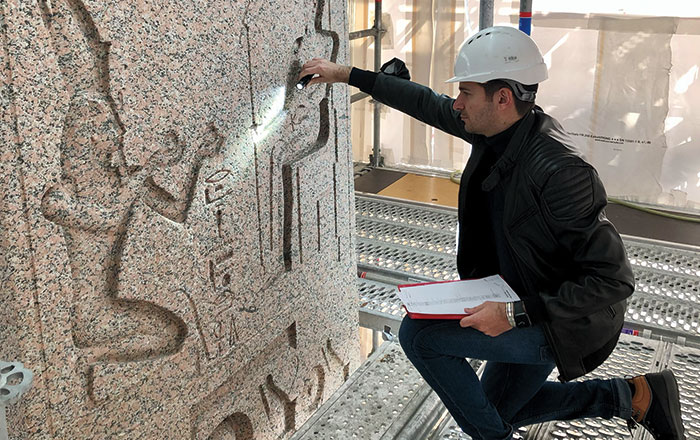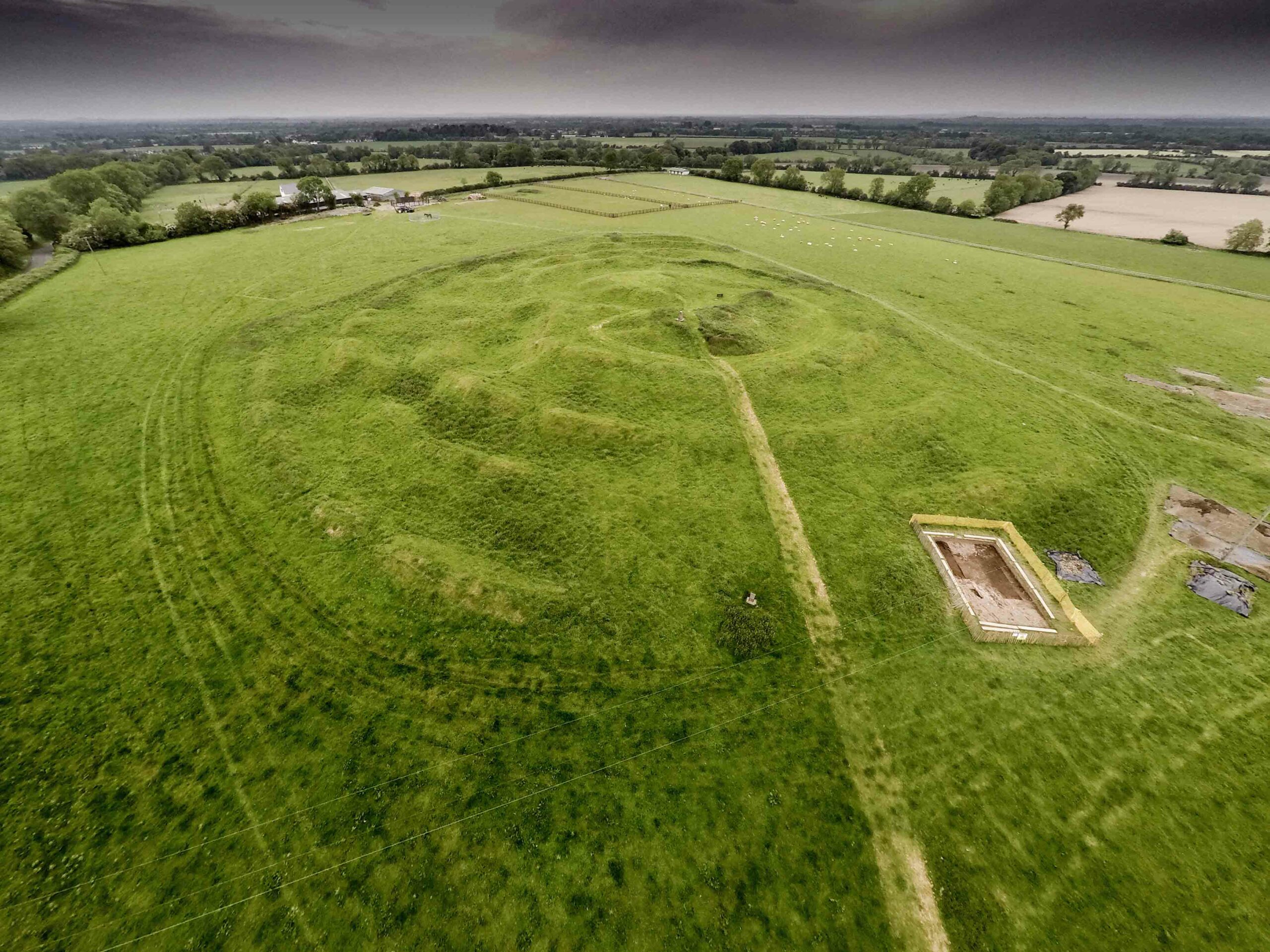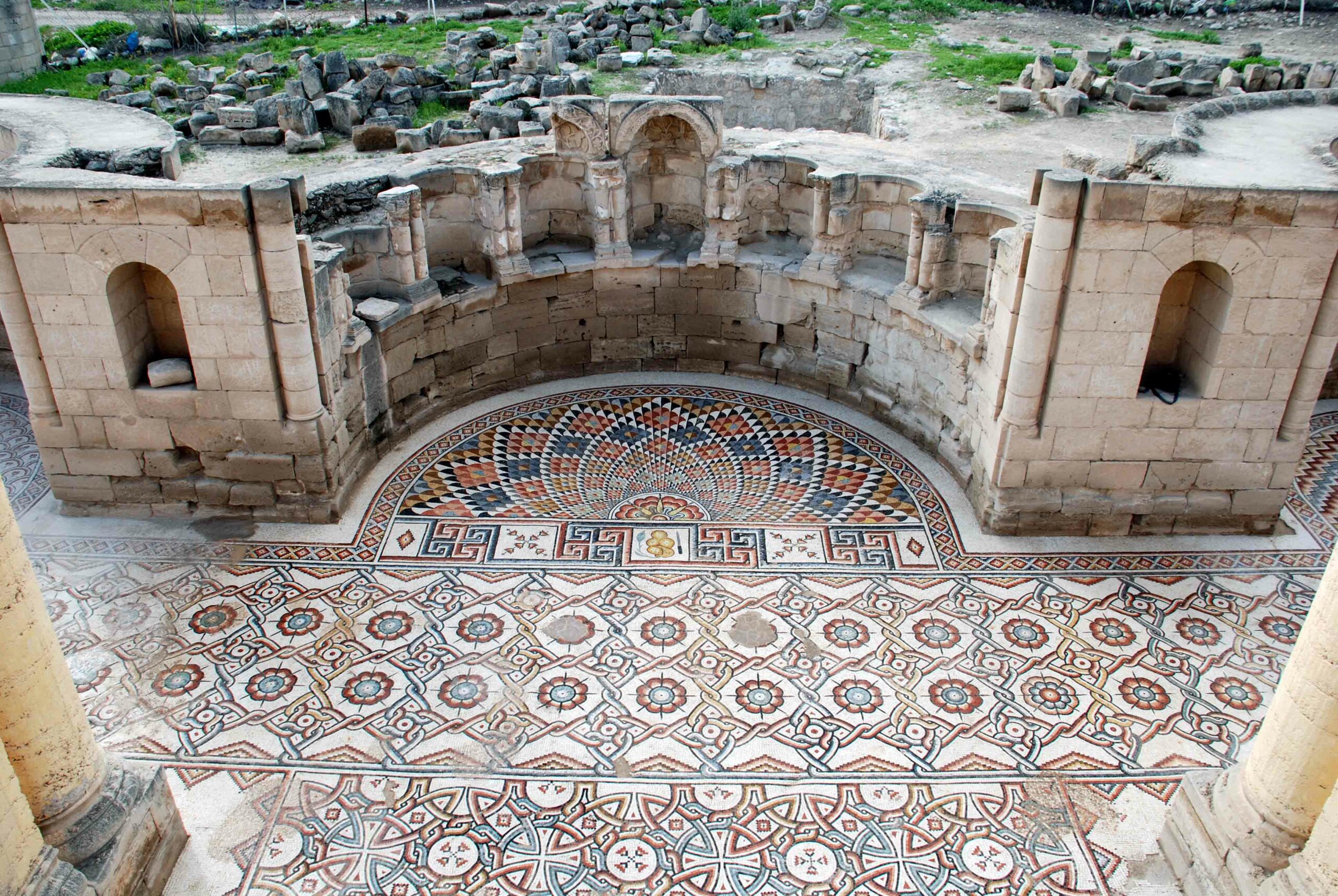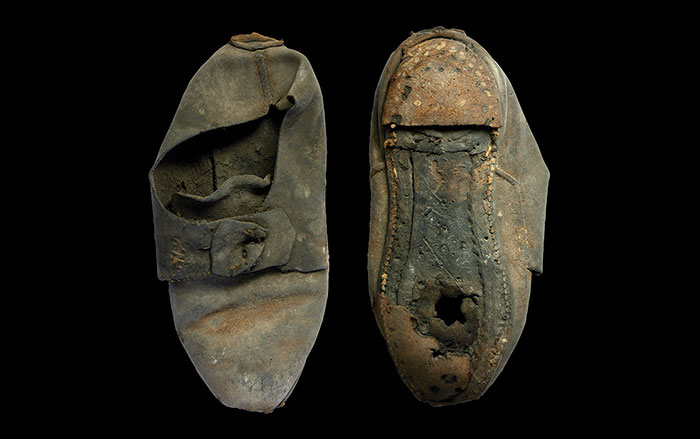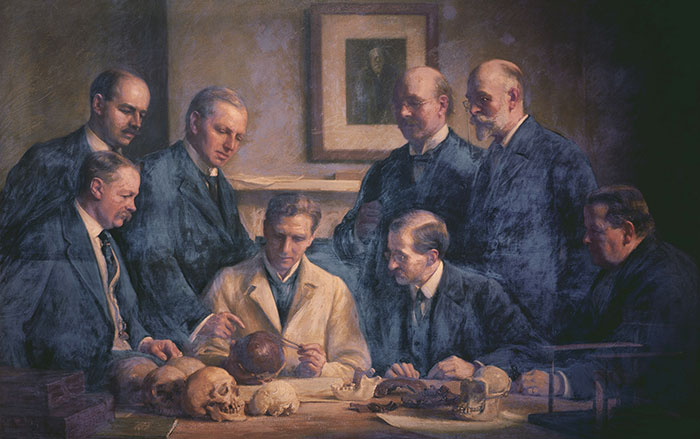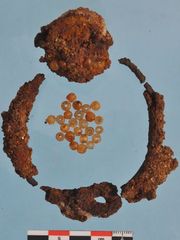
NEWARK, DELAWARE—USA Today reports that a 2,000-year-old pet cemetery has been discovered near a trash heap at the archaeological site of Berenike, a remote Roman port town on the Red Sea. The remains of dogs, monkeys, and cats have been unearthed. Some of the carcasses had been carefully placed under mats or jars. A few of them were wearing iron collars, some of which were decorated with ostrich-shell beads. Marta Osypińska of the Polish Academy of Sciences notes that the necks of the cats were not twisted, as the necks of cats mummified for ritual reasons often were. The remains of a mastiff-like dog suffering from bone cancer was found to have eaten a final meal of fish and goat, before its body was wrapped in a basket and covered with pieces of pottery. The dog is thought to have been imported from Greece or Rome, and was “a very loved animal,” said Steven Sidebotham of the University of Delaware. “What makes this unique is (despite) the very rough circumstances in which these people are living, they still manage to find the time and effort to have companion animals with them,” he said. For more, go to “Animal Mummy Coffins of Ancient Egypt.”
